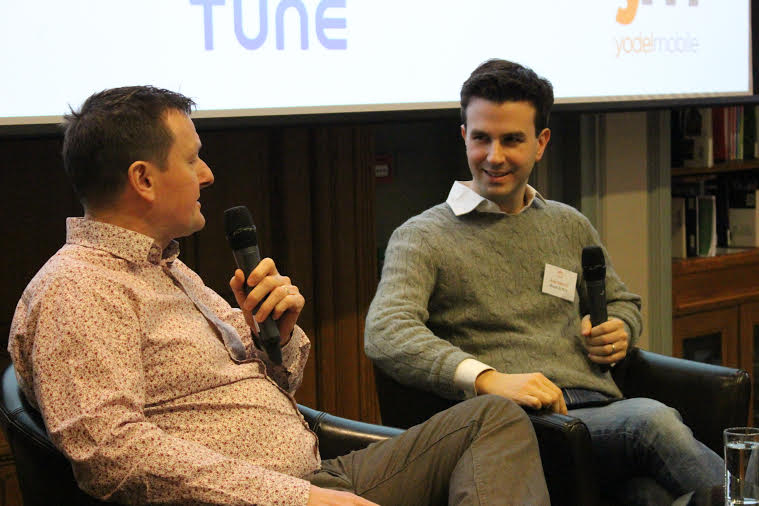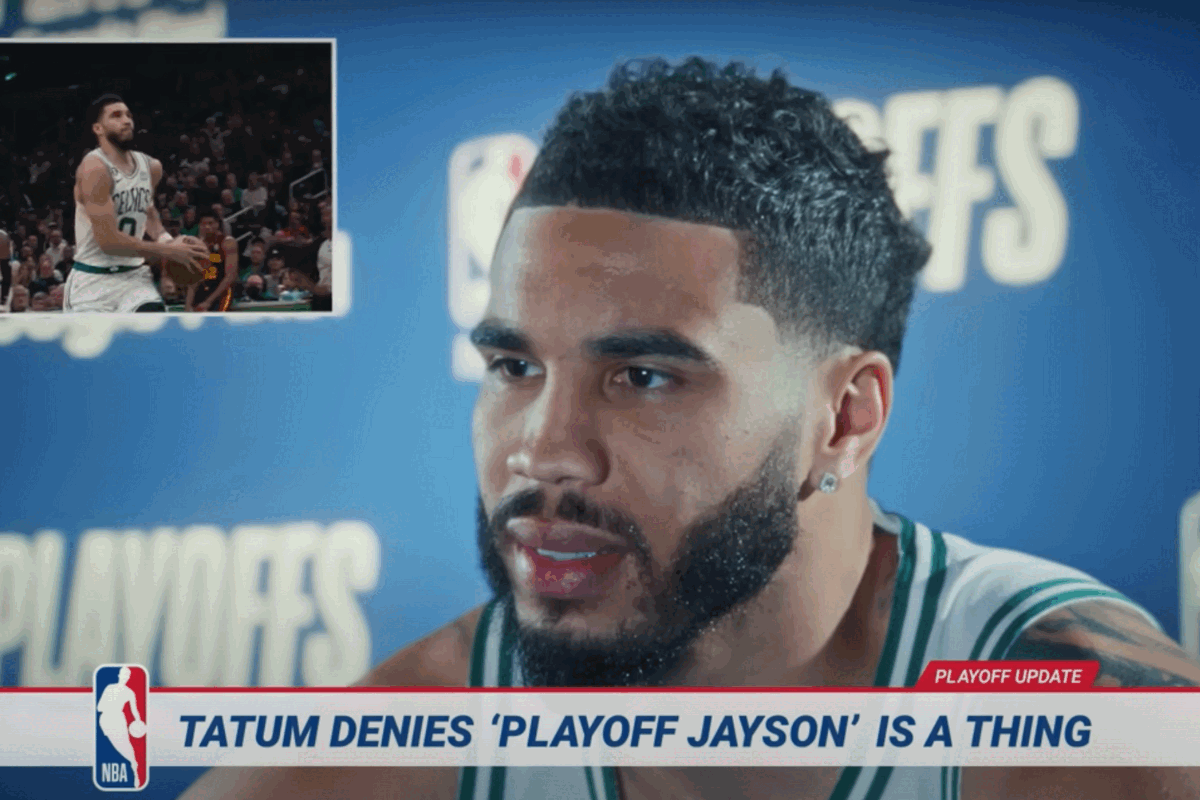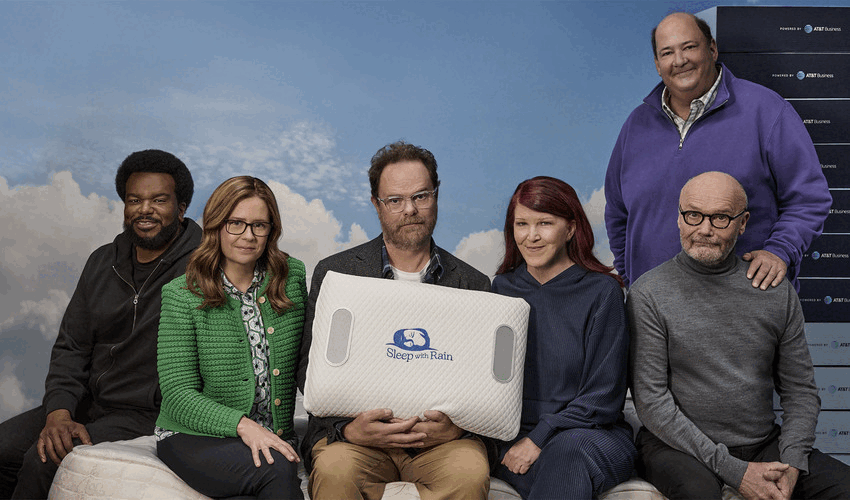Bloom & Wild: “Mobile-first was always the ethos. It’s now in our execution as well.”
- Wednesday, January 25th, 2017
- Share this article:

Ordering flowers over the phone is hardly a new concept. After all, 1-800-Flowers launched all the way back in 1976 with that very concept. Here in the modern day, though, picking out the right bouquet on your mobile still isn’t as simple as it could be.
It was a poor mobile experience, attempting to buy flowers on a plane before the ‘turn off your phone’ light came on, that inspired CEO Aron Gelbard to co-found the flower delivery company Bloom & Wild.
Since the company was founded in 2013 – having picked up £3.5m funding on the way – it has worked to streamline this exact process. It’s far from the only business with that mission statement, but Bloom & Wild’s USP is that the flowers themselves are streamlined too. Taking inspiration from the likes of Graze snack boxes, its bouquets come boxed up small enough to fit through the average letterbox, and then blossom from there.
Speaking at the Mobile Retail Summit, Gelbard explained what – aside from the usual obvious reasons – makes mobile a good fit for this business in particular.
“Flowers are a very impulse-led purchase,” he said. “There are all these emotional triggers – finding out somebody is pregnant, for example, or has got engaged – which often lead to buying flowers. A lot of those moments we’re now consuming on our mobiles, and so it’s a natural place to want to respond to them.”
In spite of that, Gelbard admitted, it was desktop where Bloom & Wild first blossomed rather than mobile.
“To begin with, despite our intention to be mobile-first, I don’t think we truly were,” he said. “That was a question of resources and experience. But mobile-first was always the ethos and I think it’s now in our execution as well.”
Appotropism
Today, mobile is the majority for Bloom & Wild, across its mobile site and app. While most of its traffic comes from the mobile web, according to Gelbard, the latter provides a superior customer experience.
“Mobile web lacks the native benefits of an app,” he said. “When we developed the app, we wanted to make an experience that made use of mobile-native features to reduce the amount of work a customer had to do. Features like the calendar. to make it easy to save future occasions, and payment services like Apple and Android Pay. You can’t connect to a device’s address book on a mobile site.”
In an attempt to guide customers to its preferred platform, Bloom & Wild uses its post-purchase CRM program to reach customers, encouraging them to use the app in future. It also makes sure to explain the benefits of its app on the mobile site – but this is a very fine line to tread.
“Initially, we tried to force the app on our users too much,” Gelbard admitted. “While it is the best experience, rather than forcing it down their throats you should give customers the experience they want, and try to create the best possible one for them on the web.”

Careful pruning
The one uniting factor throughout Bloom & Wild’s mobile presence, it seems, is simplicity.
The app’s UI is influenced by Tinder, borrowing its swipe and tap navigation. Gelbard said the main thinking behind the app, however, was making sure there were “as few steps as possible to get through the main purchase flow”.
“It was vitally important to reduce the amount of typing, which causes a lot of friction for customers. On mobile, when you’re typing with one hand on a busy commute, each incremental keystroke is a lot of work.”
Part of preserving this simplicity – and where the comparison with Tinder ends – is maintaining a finite amount of products that customers can choose from. The number of bouquets offered by Bloom & Wild is “somewhere in the teens”, and Gelbard said that the company did not want to push this selection much further.
“The difference with Tinder is, in a shopping experience, you might go to the end of the carousel and then come back. We don’t want you to have to scroll back through 200 items to get there,” he said.
“We’ve been experimenting with filtering on mobile web, and will follow that up on mobile – but fundamentally, we think people want to look at one product at a time, so they really know what they’re getting.”
Bloom & Wild applies the same philosophy to the functionality of the app itself. “A lot of apps try to pack everything in,” said Gelbard. “That means they take up a lot of space on the user’s phone, and ultimately it detracts from the primary purpose of why people have this app on their phone.”
Room to grow
So where next for Bloom & Wild?
“So far we’ve focused on app and web, but we’re interested in conversational commerce” Gelbard said. “1-800-Flowers in the US has done a lot of work with bots and FB Messenger. I don’t think it’s something our customers are crying out for, and so as a small team we’ve had to prioritise, but it’s an interesting idea.”
One dead end for the company, apparently, was app install ads. “We haven’t done a lot of it,” he said. “We’ve found it quite expensive. Plus, a lot of people won’t download the app to make their first purchase from Bloom & Wild – I think it just adds another friction point.”
Aside from exploring new technological avenues, Bloom & Wild wants to expand its offering on the corporate gifting side, helping CRM teams reach customers with flowers. But Gelbard ruled out a venture into a wildly different product category.
“We want to stick with our specialty of flowers and improve on that as much as possible, rather than try to learn how to sell books or whatever else.”















